As someone on a grain-free diet, I'm always looking to substitute wheat starch when following others' recipes. So after years of experimenting, I've put together my favorite substitutes for wheat starch, including proper ratios and a few tips for how to use each one.
From corn starch to potato starch or tapioca starch, each bears its own unique properties that can act as a decent facsimile to replicate the texture and structure that wheat starch provides. So depending on your own dietary restrictions, you can pick from around a dozen alternatives to wheat starch, including several grain-free options.
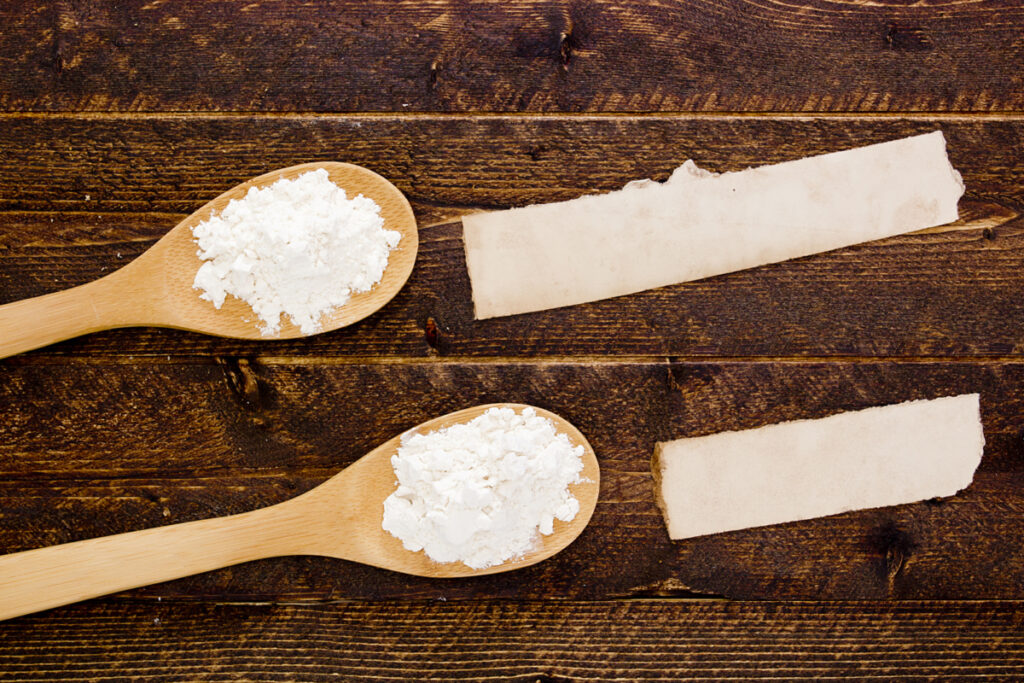
Jump To
What Is Wheat Starch?
Wheat starch is a fine powder produced from wheat flour and used as a thickening agent in food products such as soups, sauces, and gravies. Due to the ingredient’s high gluten content, those with celiac disease or gluten intolerance should avoid using it.
It's a versatile ingredient that's commonly used in various food products, however, it's also used in the production of paper and textiles.

Role of Wheat Starch in Baking
When it comes to baking, wheat starch plays a crucial role in hitting the desired texture and consistency of baked goods. Below are just a few ways it's typically used.
Thickening Agent
Wheat starch is often added to recipes that require a thickening agent, such as sauces, gravies, and custards, helping to create a smooth, creamy texture.
Stabilizer
In baking, it’s used as a stabilizer to prevent ingredients from separating or curdling. For instance, it’s added to whipped cream to help it hold its shape for a longer time.
Binding Agent
It can also be used as a binding agent in recipes that require a cohesive texture, such as bread, cookies, and cakes, helping to hold the ingredients together and prevent them from falling apart.
Gluten-Free Baking
For people with gluten intolerance or celiac disease, it can sometimes be used as a substitute for wheat flour in gluten-free baking. However, note that wheat starch still often contains traces of gluten, so it may not be suitable for everyone— proceed carefully.

Best Wheat Starch Substitute
Rice Starch
1 tablespoon of wheat starch = ½ tablespoon of rice starch
If you enjoy baking but have a gluten intolerance, rice starch is just what you’ve been looking for. It’s a gluten-free ingredient that’s used as a thickener or binder in recipes to create a smooth and cohesive texture in baked goods.
It also helps to improve the shelf life of your baked goods, preventing them from becoming too dry or stale. Rice starch is also a low-calorie ingredient that does have a slightly higher glycemic index than that of wheat starch, which could lead to a more rapid rise in blood sugar levels.
If you have diabetes or other blood sugar concerns, it’s important to keep this in mind when opting for this swap.
Potato Starch
1 tablespoon of wheat starch = 1 ½ tablespoons of potato starch
Potato starch is yet another great gluten-free alternative to wheat starch; it’s made from potatoes and can be used in soups, stews, and sauces. You can also use it in baking to help create a crispy texture in bread and other baked goods.
Its finer texture compared to wheat starch can result in a smoother and more delicate texture in your baked treats. In terms of nutrition, potato starch is pretty much all carbohydrates, and low in both fat and protein, so it's preferable to use potato starch in moderation, as it’s not as nutrient-dense as whole grains like wheat flour.
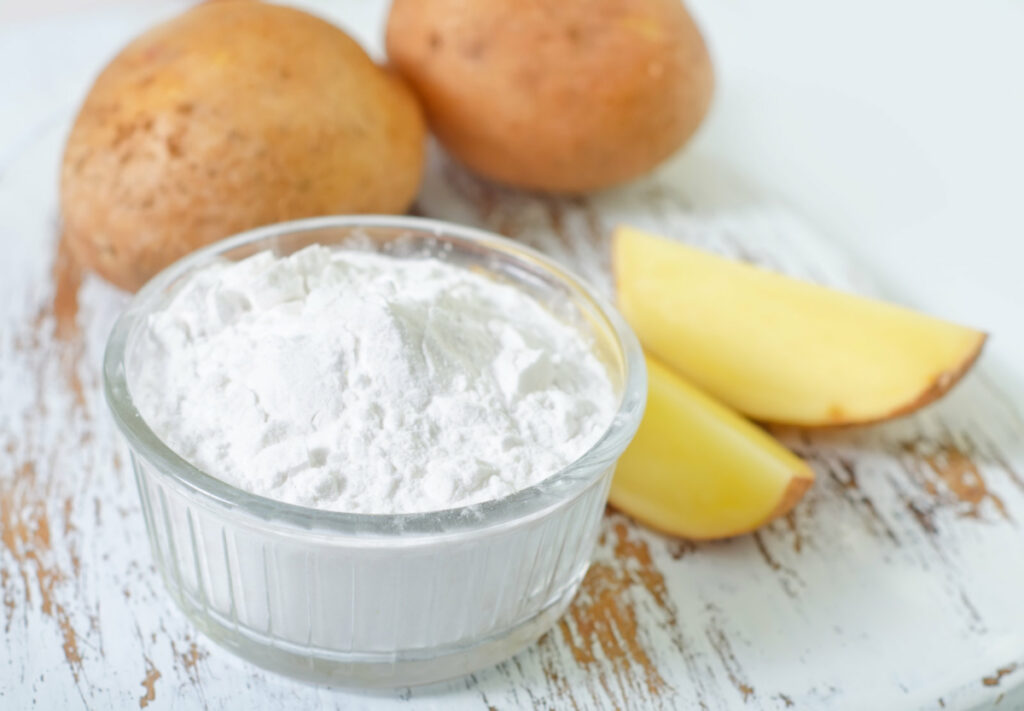
Tapioca Starch
1 tablespoon of wheat starch = 2 tablespoons of tapioca starch
Tapioca starch is a highly versatile and gluten-free carbohydrate extracted from the cassava plant's roots. Commonly used as a thickening agent in various foods, it's prized for its neutral flavor and translucent appearance.
Tapioca starch is an excellent wheat starch alternative for thickening sauces, soups, and gravies. It can also be used in baking to add a chewy texture to baked goods, evening out gluten-free flour blends. In desserts, it's utilized to create creamy puddings, chewy boba pearls in bubble tea, and clear fruit fillings.
However, tapioca starch does lack nutritional value, as it primarily consists of starch and carbohydrates, so it's not the healthiest choice, but still a great one to consider.
Corn Starch
1 tablespoon of wheat starch = 1 tablespoon of cornstarch
Corn starch is a well-known gluten-free substitute for wheat starch, as it’s made from corn kernels and used as a thickening agent in sauces, soups, stews, and gravies. It can also be used in baking to help create a lighter texture in cakes and other baked goods.
While wheat starch and cornstarch are low in nutrients, they are commonly used for their superb thickening properties. However, this may not be suitable for recipes that require high heat or acidity, so pick and choose carefully.

Xanthan Gum
1 tablespoon of wheat starch = 1 tablespoon of xanthan gum
Xanthan gum is a common ingredient in gluten-free baking, as it can perfectly mimic the texture and elasticity of gluten. One of the main functions of wheat starch in baking is to provide structure and stability to your baked goods, and xanthan gum can do just that while also keeping recipes completely gluten-free.
This powdered substitute helps to bind the ingredients together and prevent them from falling apart, which is especially important in recipes that can’t contain gluten. While it can sometimes bother people with histamine issues, in small amounts, xanthan gum tends to be well-tolerated.
It's also a soluble fiber that can help promote digestive health and is low in calories, though it doesn’t contribute much to the overall nutritional value of your baked goods.
Arrowroot Powder
1 tablespoon of wheat starch = 1 tablespoon of arrowroot powder
Arrowroot powder is a finely ground starch obtained from the rhizomes of the arrowroot plant. It serves as a natural thickening agent in culinary applications and offers a mild, neutral taste. It’s also a common ingredient in gluten-free and paleo baking, as it’s a great substitute for wheat flour and wheat starch, albeit in smaller proportions.
It's also a good source of vitamins and minerals, including potassium, iron, vitamin B6, and fiber. Though overreliance on arrowroot powder in cooking might lead to a diet lacking in dietary fiber and protein. As with any ingredient, moderation and a well-balanced diet are essential for optimizing health benefits.
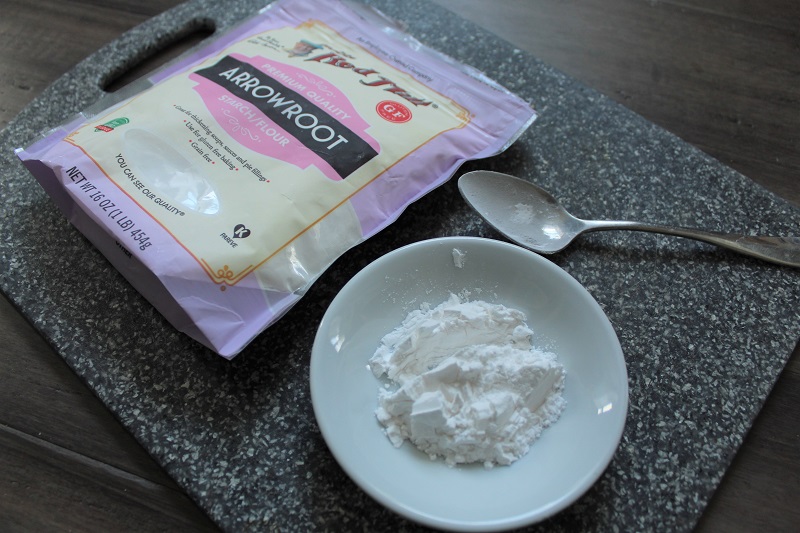
Guar Gum
1 tablespoon of wheat starch = ½ tablespoon of guar gum
Derived from the guar bean, guar gum is a natural thickener and binder with the ability to mimic the texture and consistency of gluten without actually containing it. Unlike other thickeners, guar gum doesn't possess a distinct taste, allowing it to be incorporated into foods and beverages without altering their flavor profile significantly.
Guar gum works by absorbing water and forming a gel-like substance, which lends a creamy and smooth texture to products like ice creams, soups, and sauces. It's also used in gluten-free baking to improve the elasticity of dough and prevent crumbliness.
It's also an excellent source of dietary fiber, with just one tablespoon of guar gum containing approximately 7 grams of fiber, so it can aid in promoting healthy digestion and regulating blood sugar levels.
Ground Flaxseeds
1 tablespoon of wheat starch = ½ tablespoon of ground flaxseeds
Ground flaxseeds are a flexible ingredient that adds a nutty flavor and texture to baked goods while providing various health benefits, unlike most starches. These seeds contain both soluble and insoluble fiber, which helps to promote digestive health and regulate blood sugar levels.
They're also packed full of protein and omega-3 fatty acids, which can help to reduce inflammation and support heart health.
It’s worth noting that ground flaxseeds may not work as well in recipes that require a lot of structure, such as bread or pastry dough. In these cases, you may need to experiment with different ratios of wheat starch and ground flaxseeds to achieve the texture you want.

Water Chestnut Starch
1 tablespoon of wheat starch = 1 tablespoon of water chestnut starch
Water chestnut starch is made from the roots of the water chestnut plant, native to Asia and Africa. It’s a fine, white powder often used in Chinese and Southeast Asian cuisine as a thickener or binder. It has similar texture and binding properties to wheat starch, so it can similarly help to hold baked goods together and create a smooth, even texture.
You should remember that water chestnut starch doesn’t possess the same elastic qualities as wheat starch, however, which means that it could not function well in recipes that call for a lot of stretch or elasticity, such as bread dough.
Mung Bean Starch
1 tablespoon of wheat starch = 1 tablespoon of mung bean starch
When comparing the function of mung bean starch to wheat starch, you’ll find that they have similar thickening properties. Though it does have a slightly different texture and produces a more elastic and chewy texture in baked goods. This can be beneficial in specific recipes, such as dumplings or noodles, where a more resilient texture is desired.
Mung bean starch is also a good source of protein, fiber, and essential amino acids. It’s low in fat and calories, making it a healthier option compared to wheat starch. What’s more, it’s high in antioxidants, which can help protect against cellular damage and reduce inflammation in the body, which is common in those with histamine issues.
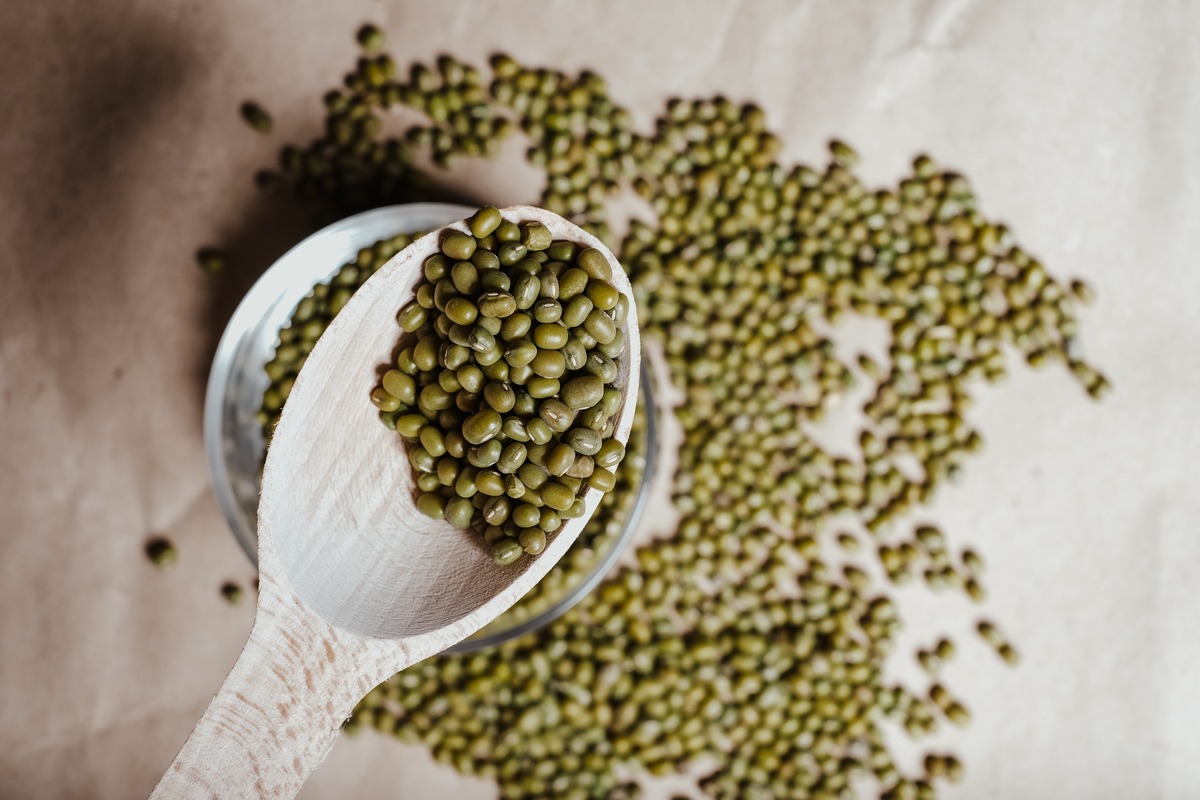
Psyllium Husk Powder
1 tablespoon of wheat starch = ¼ tablespoon of psyllium husk powder
Psyllium husk powder is a gluten-free powder made from the seeds of the Plantago ovata plant. It’s often used as a thickener and binder in gluten-free baking recipes and as an egg substitute in vegan baking recipes. This powder is also tasteless, making it easy to incorporate into various dishes and beverages without altering their flavors significantly.
Psyllium husk powder has high fiber content that can help regulate digestion and promote feelings of fullness, making it an excellent option for those looking to increase their fiber intake.

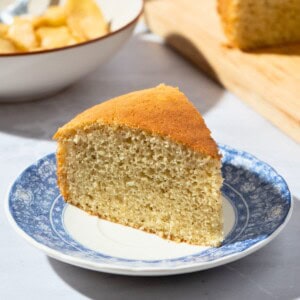











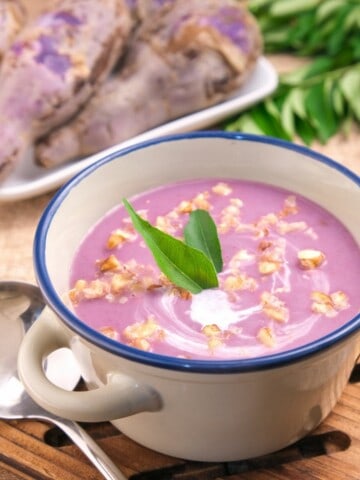
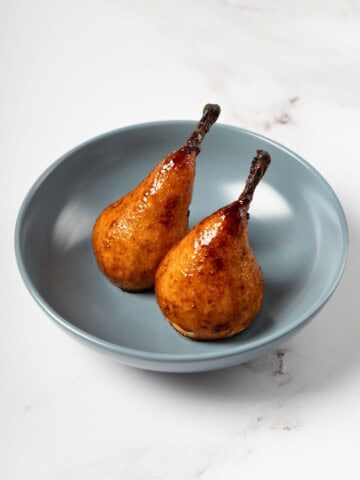
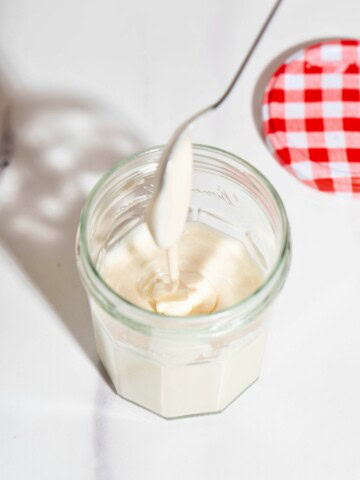

Comments
No Comments